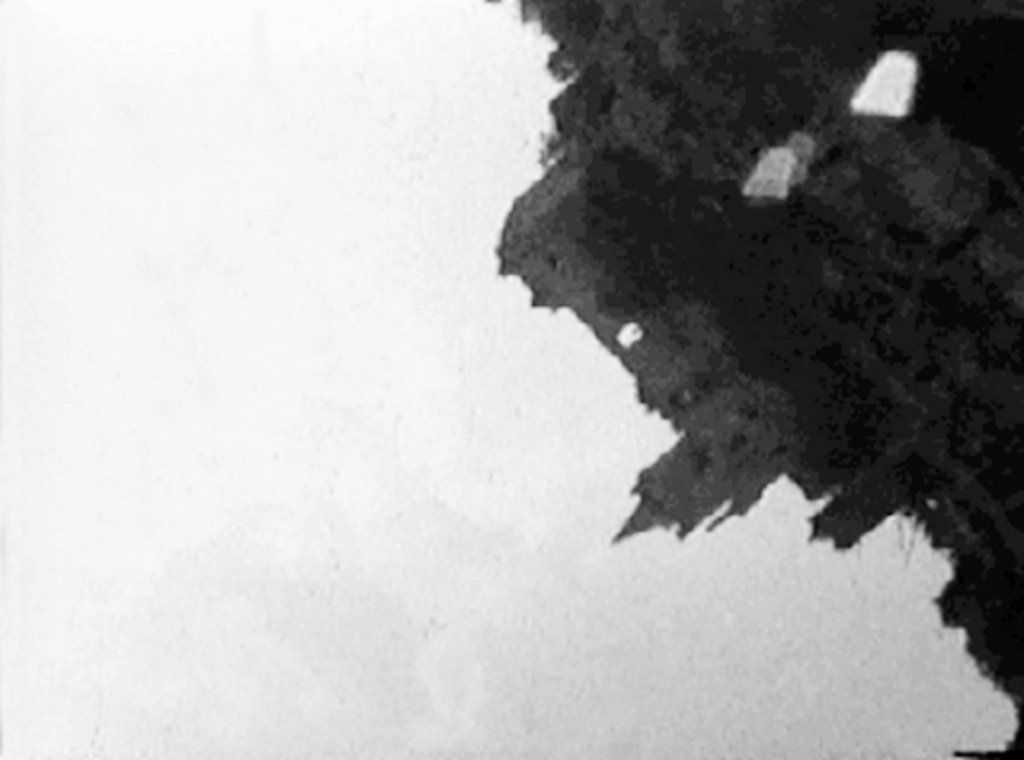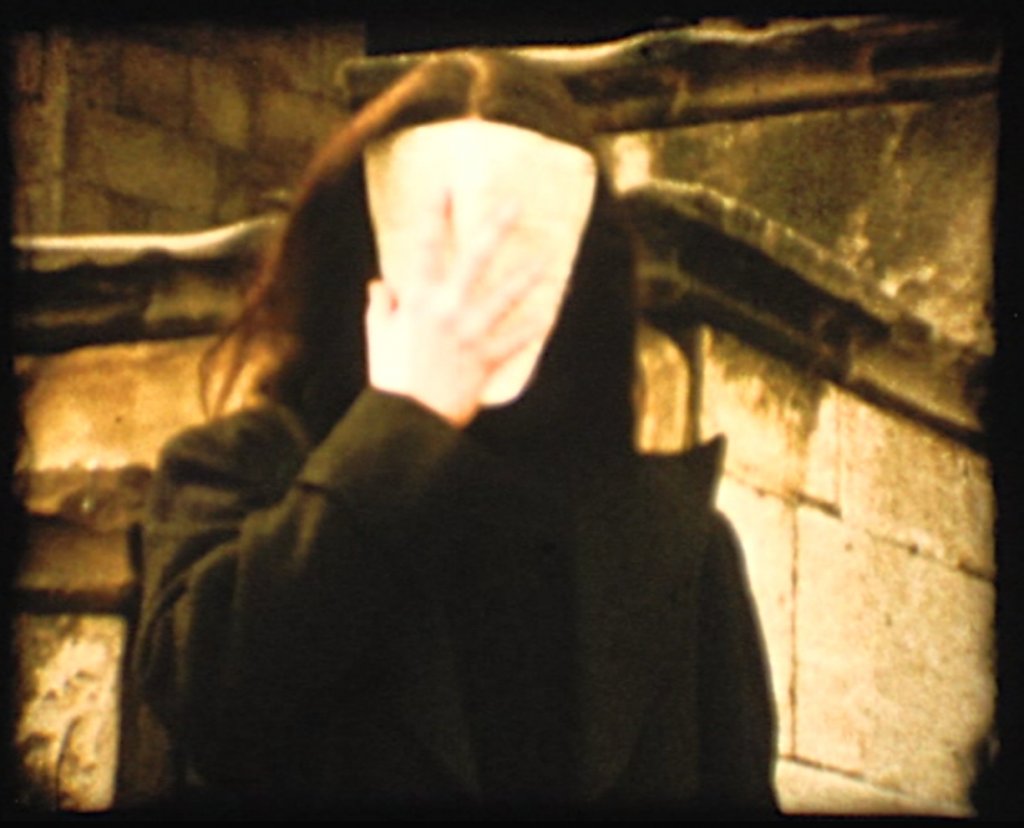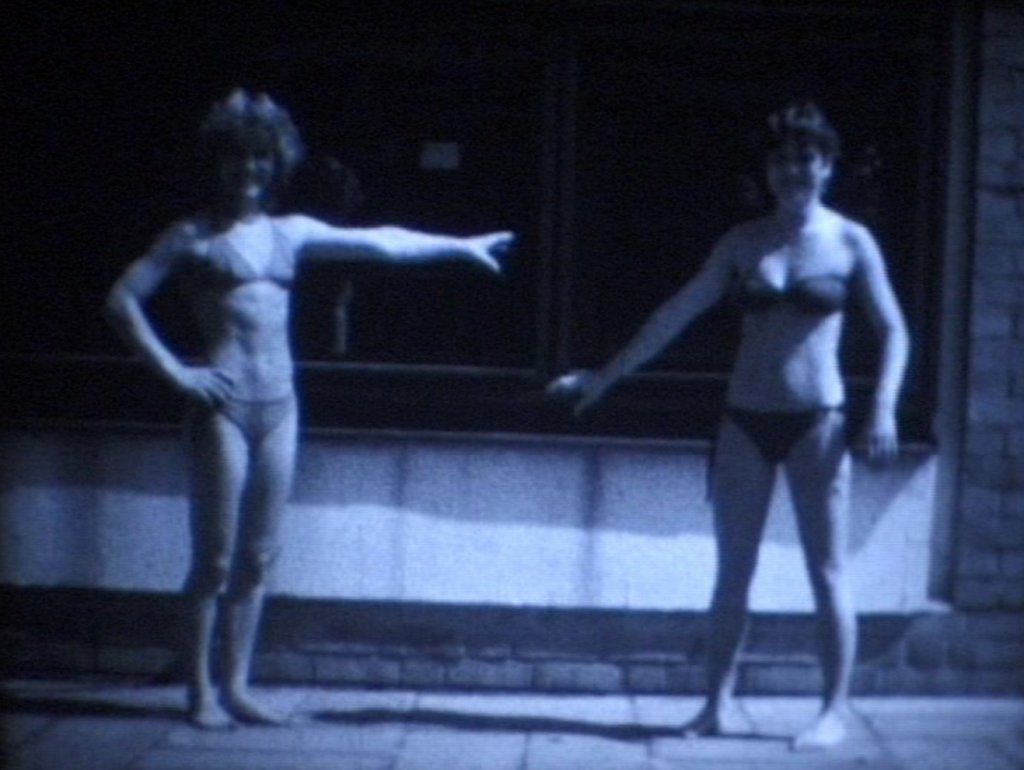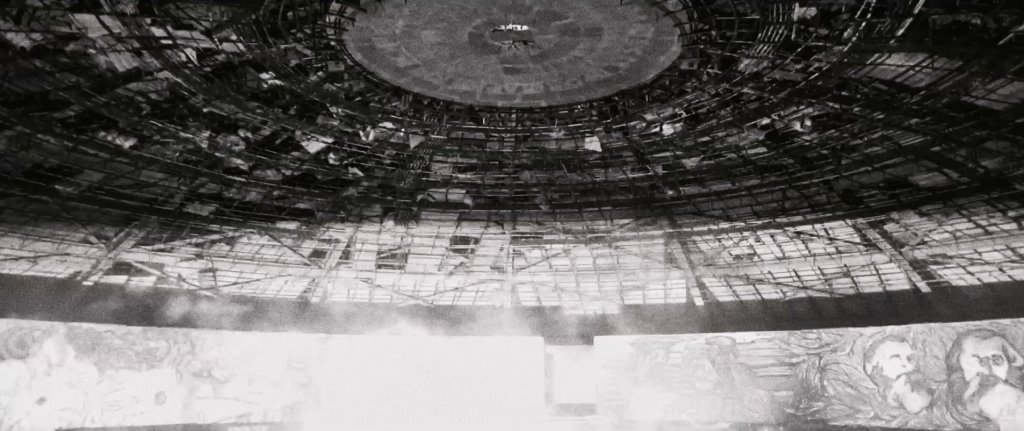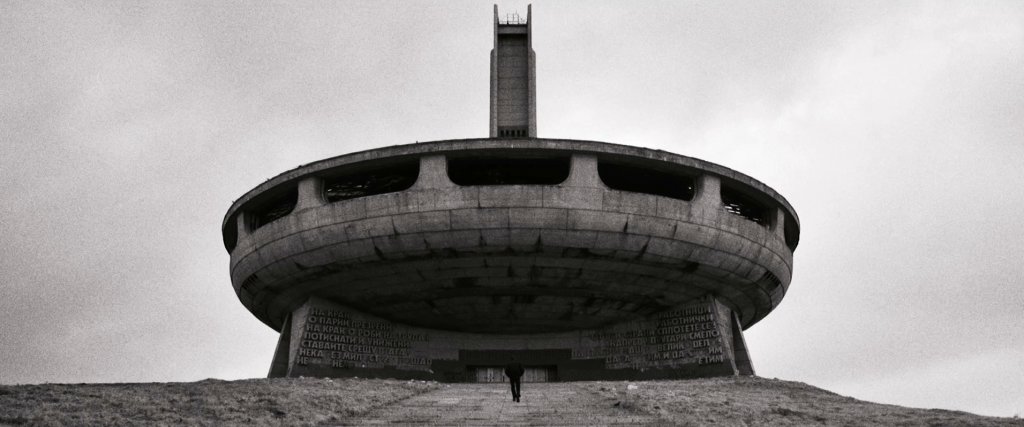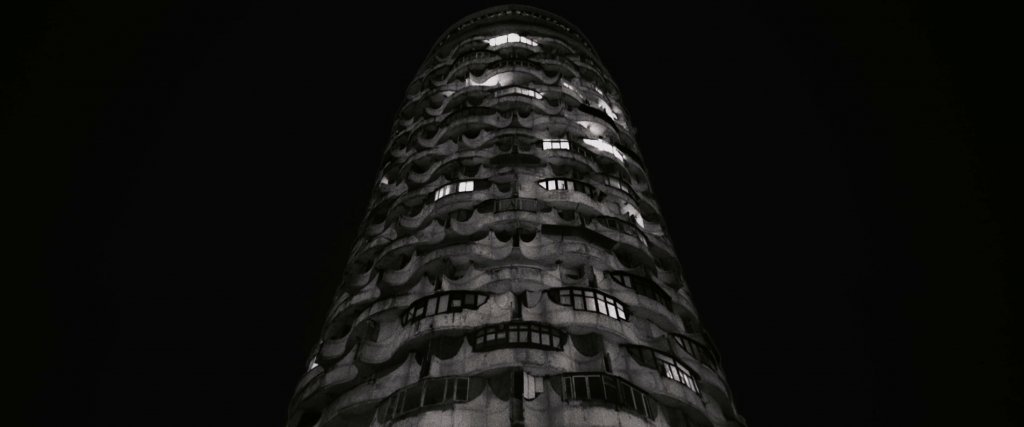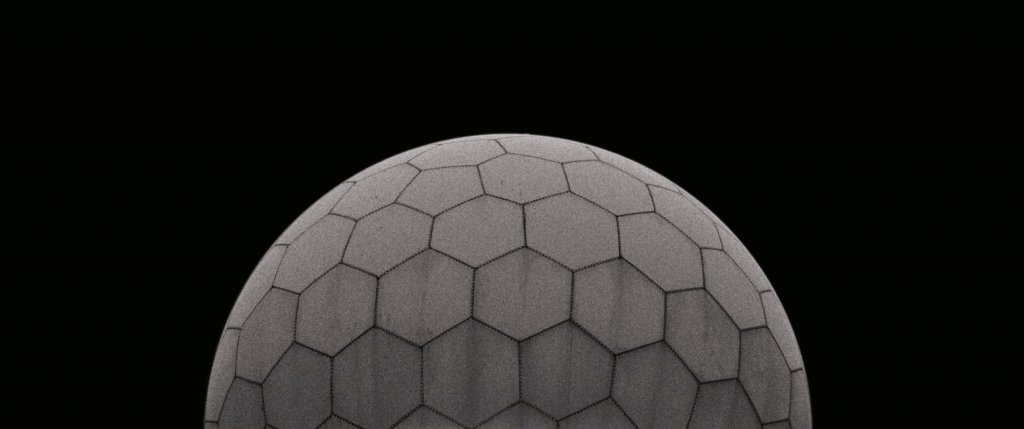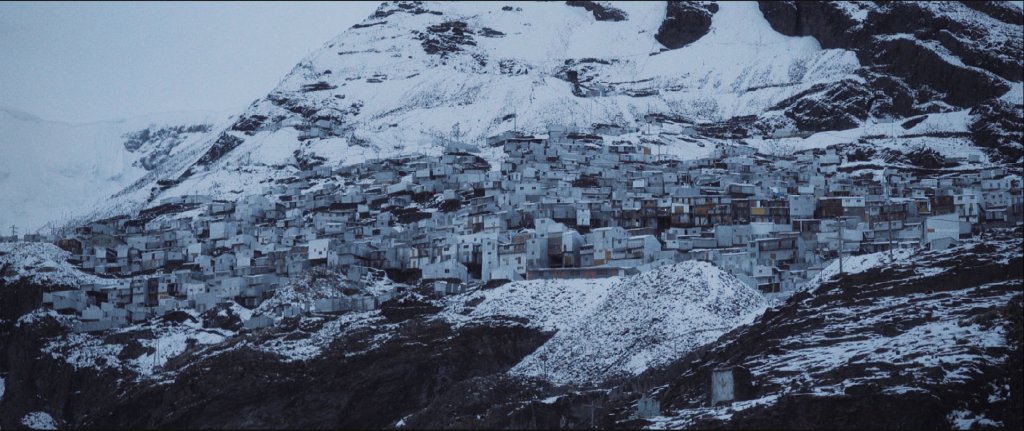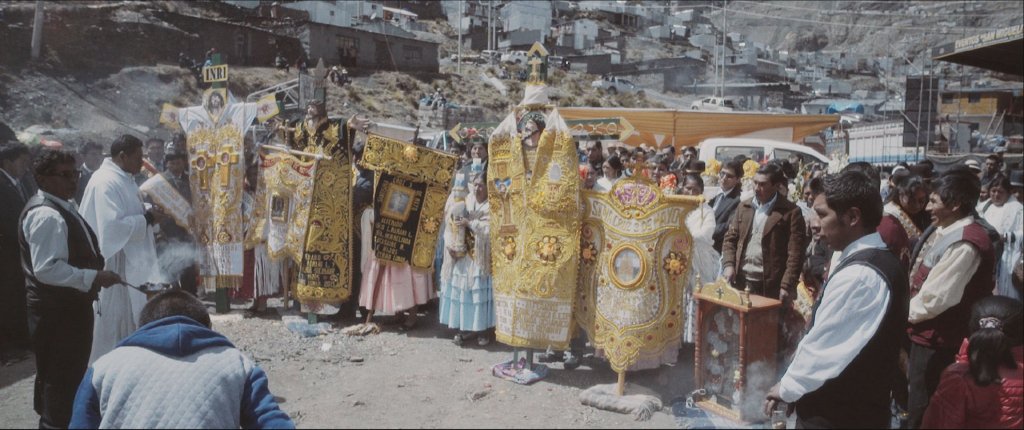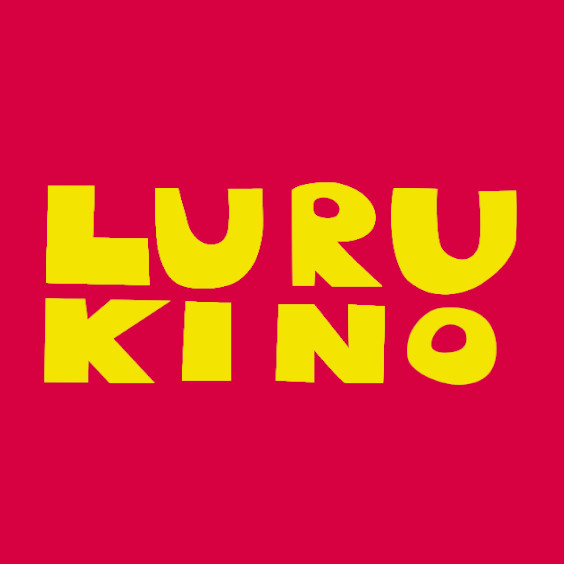GER 2019, D: Susanne Heinrich, A: Marie Rathscheck , 80′, German version, DCP
A melancholic girl is drifting through existence. Looks for night-quarters. Encounters dreamers and guises. Gets involved. Gets undressed. And carries on. As an alien, artistic figure, every-woman. An open game. With the internalised visual memory and expectations of how a girl and woman should be. The projection surface becomes a space of negotiation. Body meets thesis meets thoroughly commercialised self-optimisation. In between performed answers and bored interaction, it flares up, it breaks open under all the make-up, hairstyle and lollipop aesthetics: womanhood, personhood, being allied with someone – in the presence of the individualisation machine.
Susanne Heinrich’s feature film debut is interested in the social and political dimensions of depression. An existential dare in the coat of a feminist manifesto: desire and meeting beyond stereotypes and marketing strategies. Putting oneself at risk is negotiated as long as it gets transformed: from an idealised, romanticised and banalised request to a possibility.
In the presence of Susanne Heinrich
20 April, 8 pm – Schaubühne Lindenfels – € 6,5 (5,5 red.)
Trailer
Gabriele Stötzer in conversation with Claus Löser
Against official GDR doctrines, there was an artistic minority who did not conform to the aesthetic and political norms of the state socialism of that time. Among other things, an independent film scene established itself within this counter culture. In particular after Wolf Biermann’s expatriation, this scene began to redefine itself. Intending to show at least a part of those positions, Karin Fritzsche and Claus Löser founded ex.oriente.lux. ExperimentalarchivOst, an archive that collects and catalogues a multitude of the dissident works of that time. Part of the archive are the Super 8 works of Gabriele Stötzer, who is not only known for her cinematic art but also works as a multimedia artist in different genres. Stötzer was also a political activist. Because of her signature against Biermann’s expatriation, she was accused of “defamation of state“ and detained in Hoheneck prison for a year. In December of 1989, Stötzer mobilised for the occupation of the Stasi headquarters in Erfurt to prevent the destruction of files located there.
Since the 8th of March 2019, her various works are exhibited at Galerie für Zeitgenössische Kunst Leipzig (GfZK) as a walk-in archive over the course of a year. This exhibition functions as starting point for the early evening. Gabriele Stötzer herself will give a tour around the archive, along with practising archivist, curator and film scholar Löser. Following that, they both grant us an insights into the ideas and methods of ex.oriente.lux. and comment on selected examples.
Talk and lecture in German
21 April – Free entrance
5 pm: Talk inside the Stötzer archive at GfZK
6 pm: Lecture inside the library of GfZK
PT/GER 2018, D: Salomé Lamas, 80′, Doc, OV with English subtitles, DCP
Over the past years, post-Sowjet republics’ conflicts concerning nation state sovereignties have turned out to be saturated with violence and hardly possible to settle. EXTINCTION was developed during Russia’s annexation of Crimea. Originating from the de facto regime Transnistria, the film addresses the issues of those geopolitical situations and their immediate impacts on individual realms of experience and biographies, generating fluid national identities.
The film focuses on the character of young Kolya, who is wholeheartedly in solidarity with Transnistria which liberated itself from Moldava in the early 1990s. However, Transnistria officially does not exist officially and remains unacknowledged by the international community of states. By now, its inhabitants feel a great affinity towards Russia. In black and white images, the film follows Kolya to Soviet architecture, utopias turned into stone. They no longer recall societal progress but merely a passing of time. Encounters with Romanian, Ukrainian and Moldovan border guards create a surreal atmosphere, which is intensified by the soundtrack: unsettling avant-garde orchestral music alternates with gloomy drone sounds. To this, time and again words and thoughts that transcend all constructs of nation states.
21 April, 8 pm – Schaubühne Lindenfels – € 6,5 (5,5 red.)
Excerpt
PT/F 2016, D: Salomé Lamas, 125′, Doc, OV with English subtitles, DCP
It is neither a gold rush, nor the prospect of quick wealth, but the hope to alleviate misery is driving people to the mining site La Riconanda, the highest situated settlement in the world. At 5000 meters above sea level in the Peruvian Andes Mountains, workers graft with their modest tools under preindustrial production conditions. The ones above ground are exposed to adverse weather, the ones underground accompanied by the fear of being buried, should the pit cave in. Only the intoxication with coca keeps reality at bay.
Lamas translates the implacability of circumstances into a nearly one hour opening sequence, whose perspective is static but nonetheless streaked by a lot of movement. Similar to a hidden object picture, hundreds of unrecognisable mineros crest a mountain slope, surrounded by darkness, only lit by the glow oft their helmet lamps. The monotony of the maelstrom is attributed with accounts of workers, snippets, jingles and reports of accidents from the miner’s radio station.
This piece of rigorous documentary is followed by the expressive barrenness of images displaying sad attle heaps, unionists meeting in blowing snow and the village community finally meeting in a colourful and noisy celebration.
21 April 20, 10 pm – Schaubühne Lindenfels – € 6,5 (5,5 red.)
Excerpt
GER/AUT 2019, Director: Thomas Heise, Director of Photography: Stefan Neuberger, Montage: Chris Wright, GMFilms, DCP, Originalversion (deutsch), 218′
In a long exchange of letters between Berlin and Vienna, the upcoming deportation announces itself. The images show the meticulous deportation lists of Nazi bureaucracy. When the correspondence falls silent, we hear Marika Rökk’s grotesque Nazi pop song “Mach dir nichts daraus”. HEIMAT IS A SPACE IN TIME is a collage of filmmaker Thomas Heise’s intellectual family’s legacies. A composition of text documents, film records and photographs of four generations. The story is about love, attachment, selfassertion and political ideals – against the backdrop of the political upheavals of the 20th century. Correspondences and diary entries take our eyes – and first and foremost our ears – on a journey extending from German Empire to Weimar Republic, to National-Socialism, to divided Germany up to the present. Archive material and present-day footage are shown. Then, in black-and-white, the camera glides through abandoned placed and rooms estranged by time. Here, home is not just a romantic place, but the matter which sparks inner and outer fights of involved parties. Individual history cannot be separated from community. The film does not seek to retell stories. Instead, it shows how biographies emerge.
In the presence of Thomas Heise
22 April, 4 pm – Schaubühne Lindenfels – € 8 (7 red.)
Excerpt



